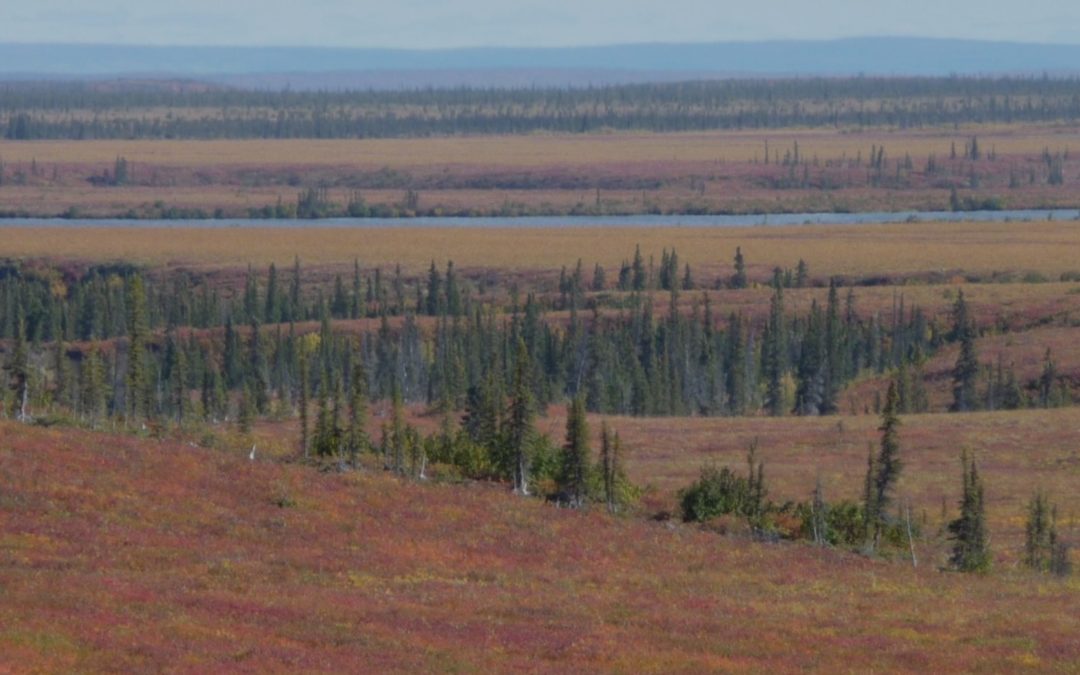SOURCE: University of Stirling
DATE: July 2, 2020
SNIP: The environmental benefits of taller, shrubbier tundra plants in the Arctic may be overstated, according to new research involving the University of Stirling.
Current ecosystem and climate models suggest that, as the Arctic warms, tundra ecosystems are becoming more productive, with greater photosynthesis resulting in more carbon being removed, or sequestered, from the atmosphere.
However, most models do not consider the transfer and fate of this carbon below-ground, and how this can interact with soil carbon through the activities of soil microorganisms. This is critically important because the vast majority of carbon in Arctic ecosystems is found in soil and ‘permafrost’ (permanently frozen soil or sediment) in the form of organic matter produced by the incomplete decay of dead plants, animals and soil organisms in cold conditions.
The new research considered the impact of a shrubbier Arctic on soil carbon stocks and the overall carbon sequestration potential of these ecosystems. Significantly, it found that some tall shrub communities stimulate recycling of carbon in soils, releasing it back into the atmosphere as carbon dioxide – meaning that more productive shrubs might not always result in greater carbon sequestration.
Professor Wookey said: “While previous studies suggest that a warmer, greener Arctic may increase the rate that carbon dioxide is removed from the atmosphere, our research identified an acceleration in the rate of loss of carbon from soils, back into the atmosphere.
“This may more than offset carbon sequestration and would, unexpectedly, turn these ecosystems into a net source of carbon dioxide to the atmosphere. Significantly, current ecosystem and climate models do not account for this conundrum, which means we may be underestimating future climate feedbacks from Arctic ecosystems.”

